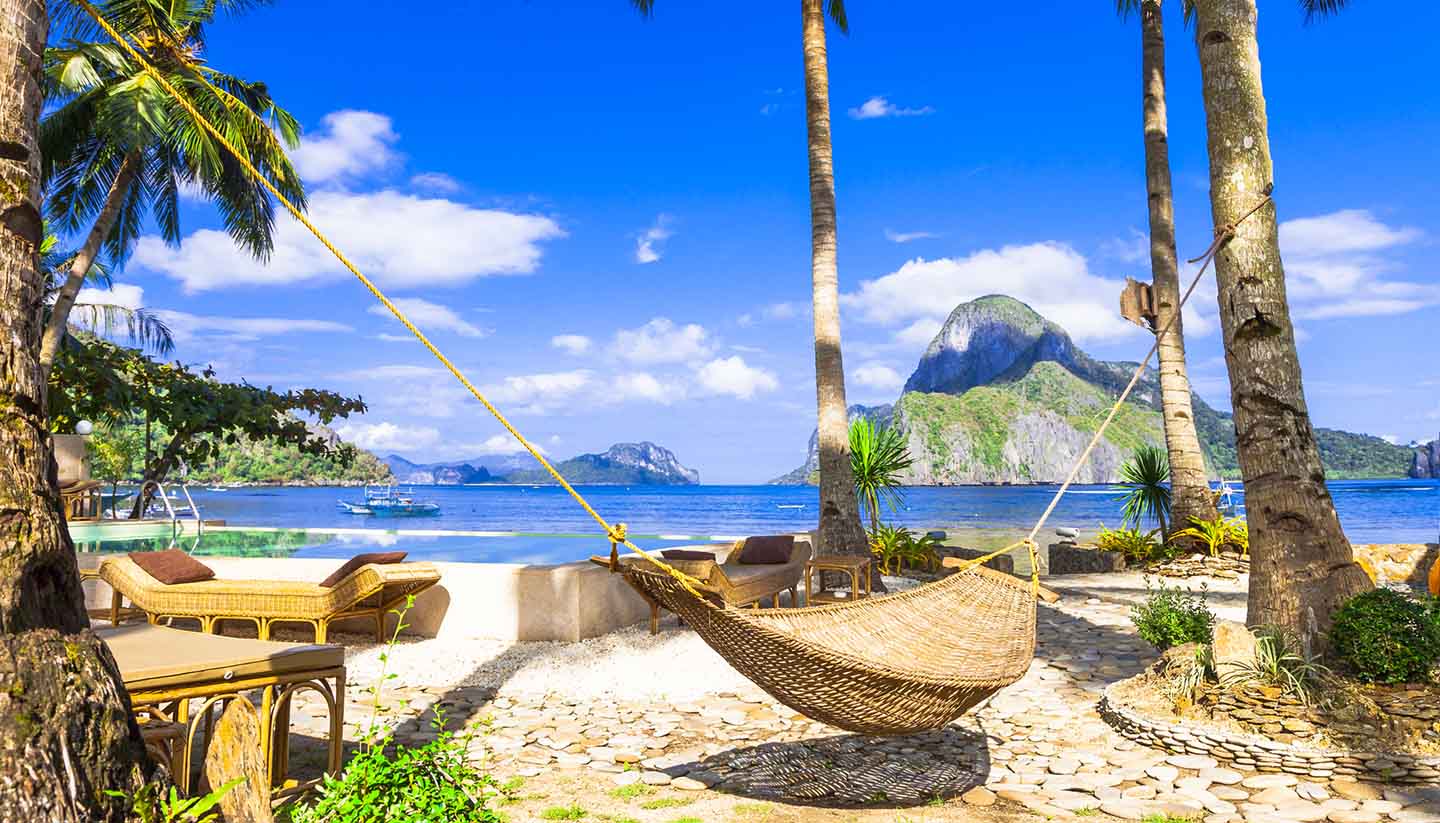Philippines Weather, climate and geography
Weather and climate
Best time to visit
The Philippines is hot year-round but sea breezes can add freshness during the winter (November to February). The typhoon season lasts from around July to October, although in recent years it seems to have been starting and finishing later – in 2010 for example there was severe flooding in North Luzon as late as November.
Rainfall patterns vary across the country. In Manila, Palawan and Coron, for example, most rain occurs in the typhoon season. Other areas (including much of the Bicol region) have no distinct dry season, with the most rain from December to February. The Visayas have only a short dry season from November to January, while in Leyte and Bohol, rainfall levels don’t change much throughout the year. Travellers should therefore check the local climate before making plans.
Most tourists visit from January to May (and particularly the first half of that period) when most of the country is undergoing its best climatic conditions. Surfers, on the other hand, are attracted to the islands during the typhoon season as it brings the biggest waves.
Required clothing
Lightweight cottons and linens are worn throughout most of the year, with warmer clothes useful on cooler evenings. Rainwear or umbrellas are advisable for the rainy season.
Geography
The Philippines lie off the southeast coast of Asia between Taiwan and Borneo in the Pacific Ocean and South China Sea. They are composed of 7,107 islands and islets (7,108 at low tide), 2,773 of which are named. The two largest islands, Luzon in the north and Mindanao in the south, account for 65% of the total land area and contain 60% of the country's population. Between the two lie the Visayas Islands.


